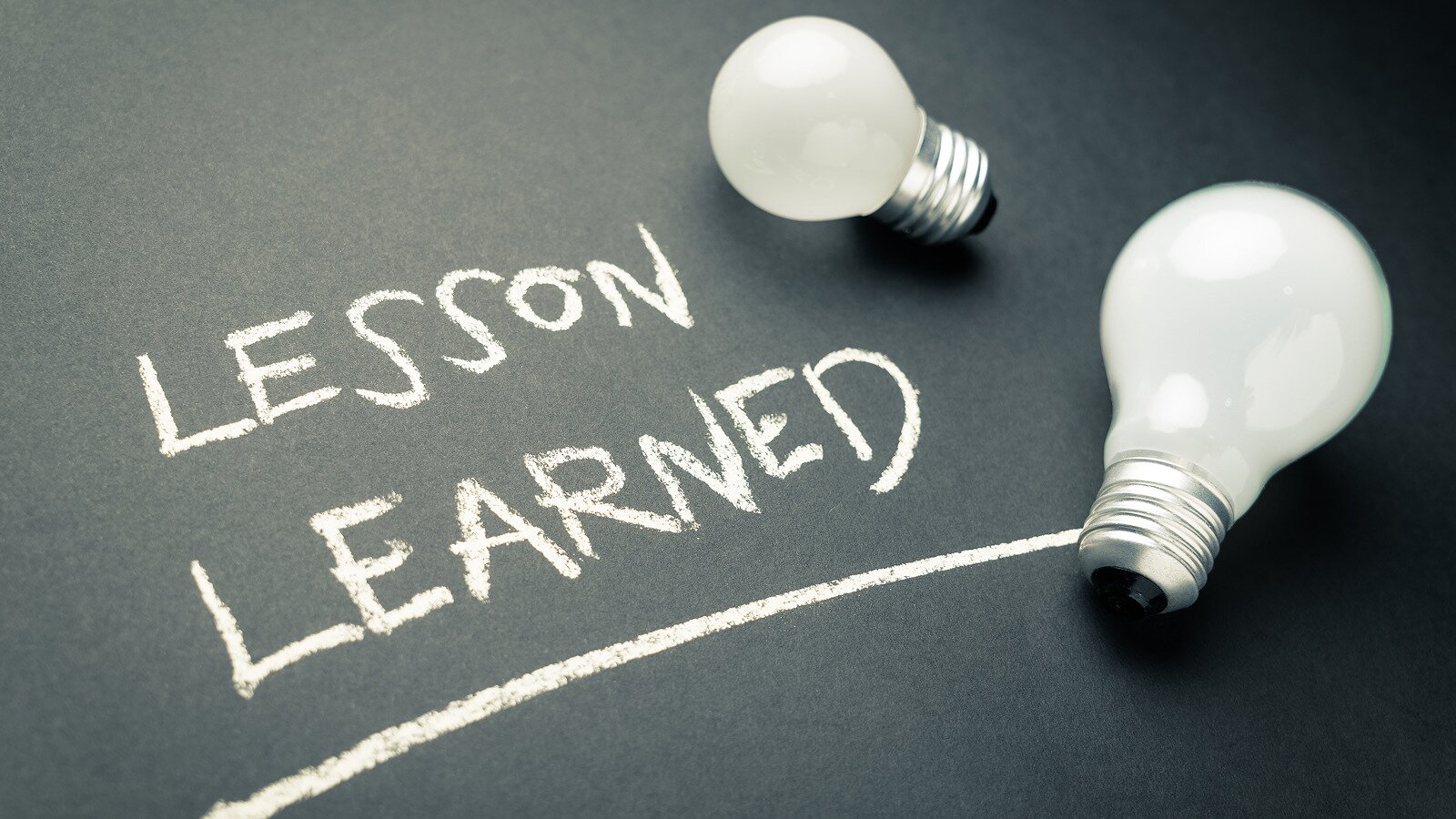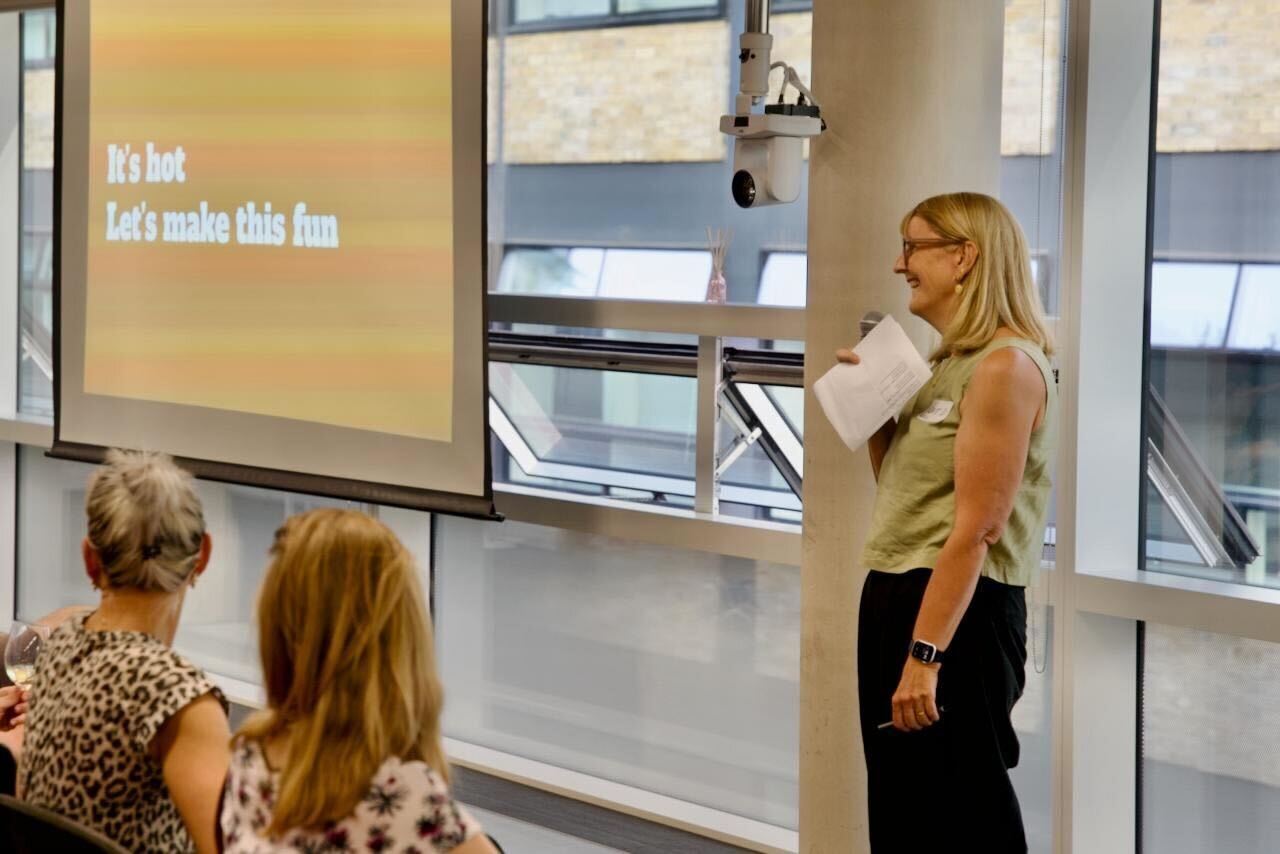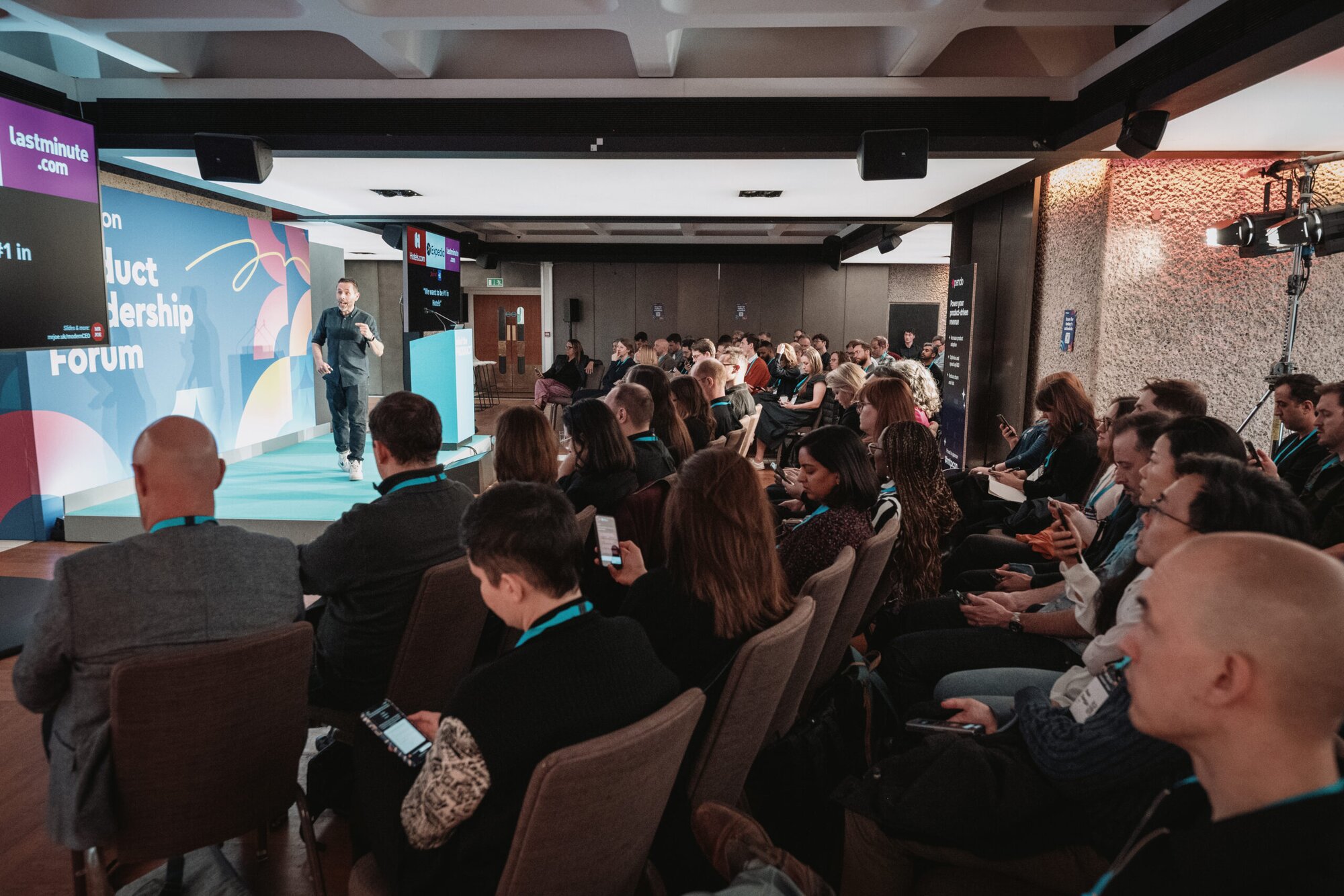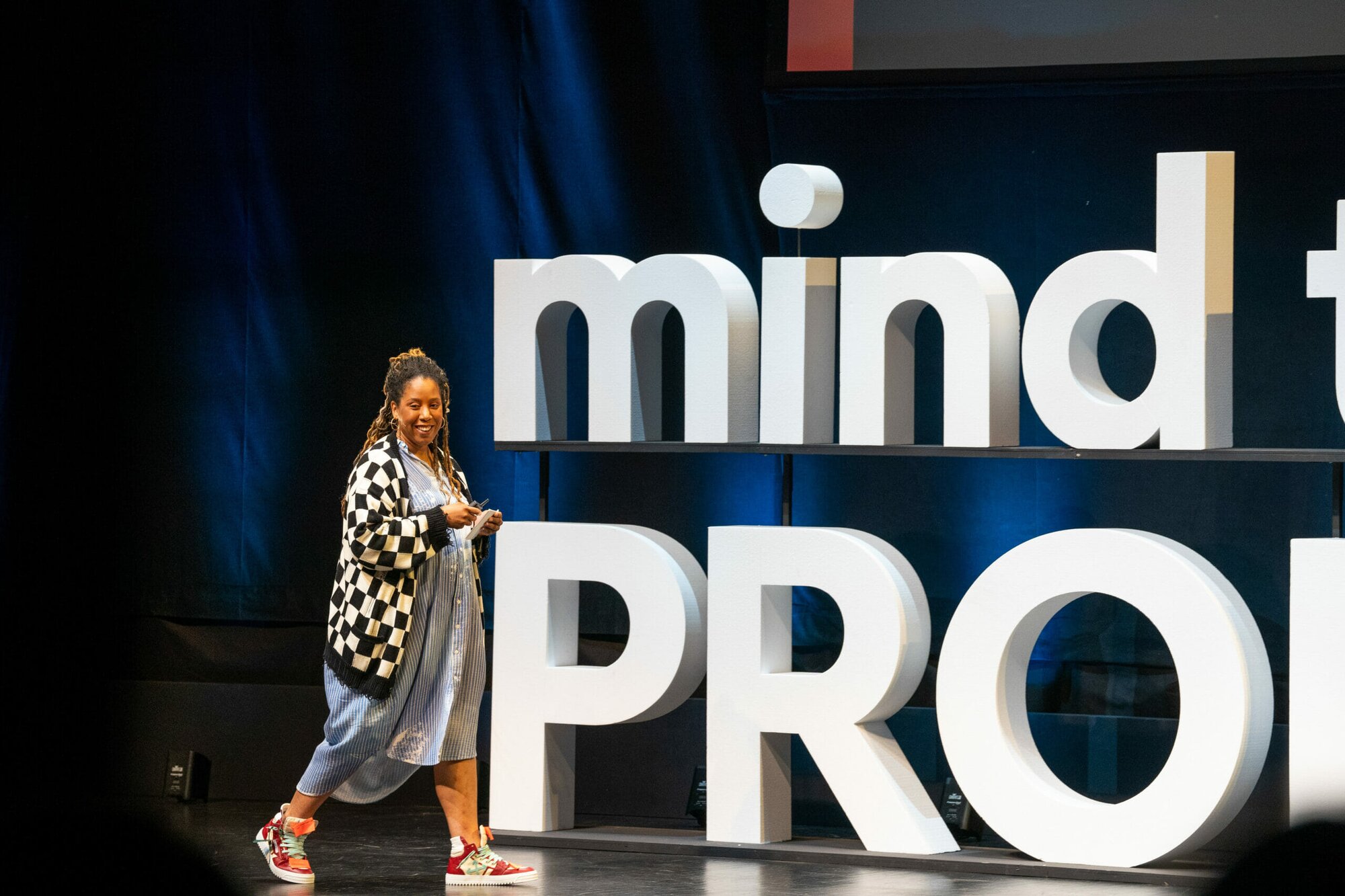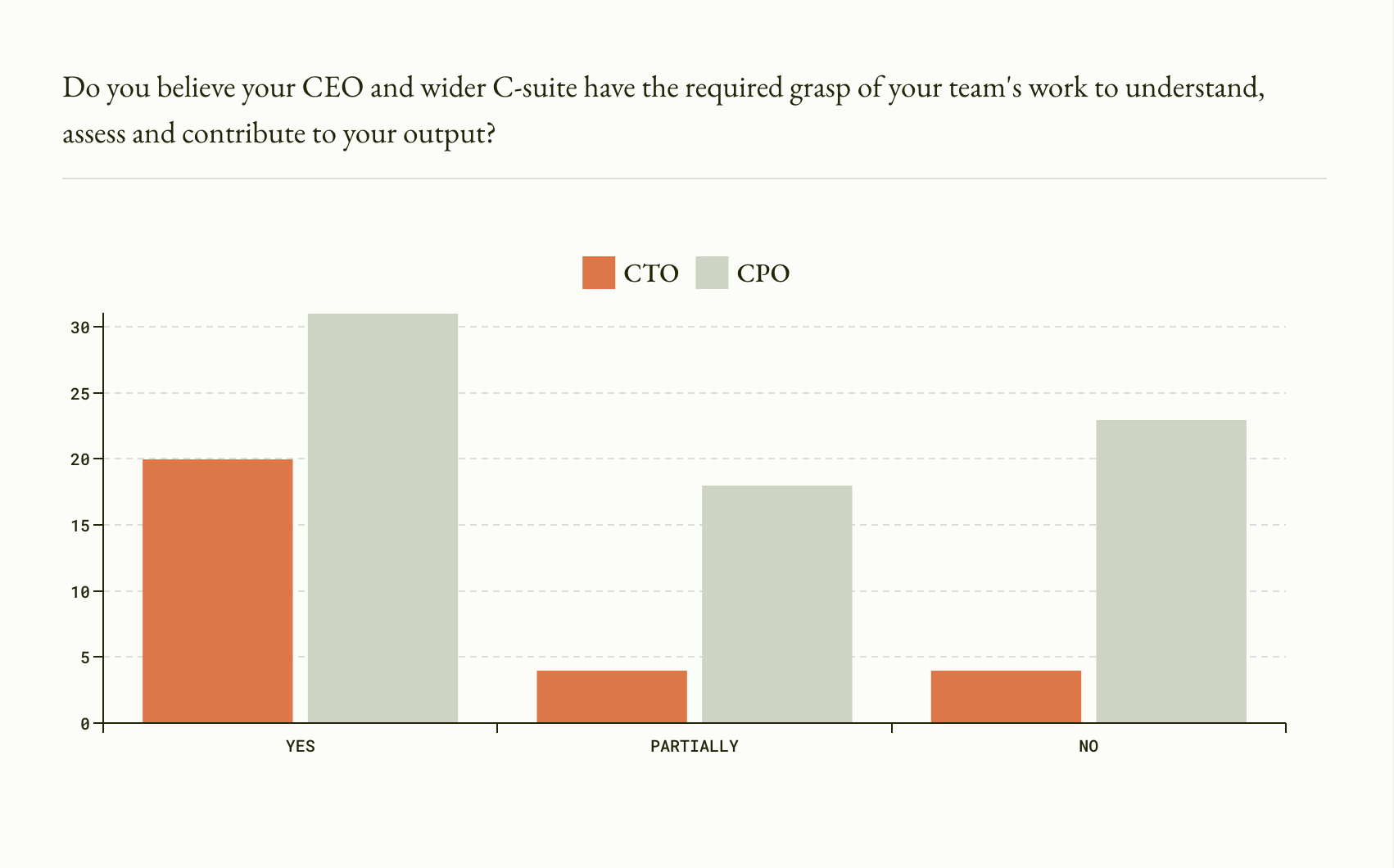Lucia Adams knows a lot about burnout: she’s not afraid to admit that she once fell victim to it. A past ProductTank speaker, Lucia is a consultant and executive coach who specialises in helping organisations take a human-centred approach to evolve their ways of working. Her experience of burnout has been a steep learning curve for her personally, but she feels it has also enriched her professional practice. She is keen to share what she’s learned so that others can recognise their own symptoms and address them before they fall too hard.
Her timing is spot on. While researching to understand her experiences of burnout, Lucia discovered many studies that highlight how the pandemic is affecting the work-life balance of remote workers around the world, with people working harder, becoming very task-focused and spending more time online. For many, the line between work and home life has disappeared. And while stress and mental wellbeing have long been an issue for much of the tech sector, it’s been exacerbated by the Coronavirus pandemic, and the data in these reports is a wake-up call – in association with the workplace mental health conference This Can Happen, Harvey Nash produced a report that underscores the need for leaders to be more supportive; while Blind, the anonymous professional community, highlights loneliness as having a large impact on wellbeing in its report, The State of Burnout 2020.
The easing of lockdown restrictions over the past few months and a return to offices is raising the stress levels of over a quarter of UK tech professionals (26%) at a time when over a third (36%) report that their mental health has deteriorated during the pandemic, according to Harvey Nash. The study also finds that of those tech professionals (27%) now actively concerned about their mental wellbeing, 35% say this is the first time they have become concerned. One in 10 feel their stress is having a negative impact on their work, and this is twice as likely to apply to permanent staff than to contractors.
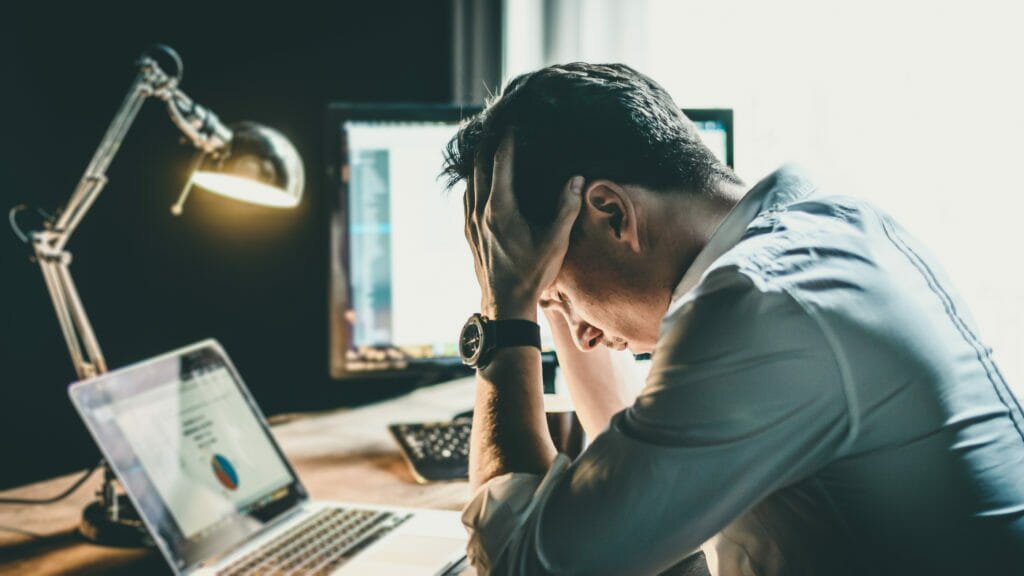
Identifying these impacts was an “aha” moment for Lucia – in her work, she is seeing a huge increase in leaders’ desire to rethink the workplace – a moment to take stock amid so many challenges. As Peta Bee pointed out in The Times, “the prospect of too much or too little on your plate in the months ahead can leave you feeling overwhelmed or underwhelmed with daily life, adding to what psychologists term your “allostatic load”, the mental and physical effects of exposure to stressors”.
Prior to the pandemic, the single highest cause of stress was being short of staff. Now the top three causes of stress are markedly different, the Harvey Nash study found. They are:
- Not having any time to personally switch off (46%)
- Worry about losing your job (41%)
- “Always on” technology (33%)
In general, the study found that you’re more likely to see your mental health deteriorate during Covid19 if you’re working, rather than furloughed, if you have a family, if you work more than 50 hours a week, and if you work for an unsupportive company.
Product people are as likely, if not more likely, to burn out as anyone else in tech. They’re pulled in every direction and constantly under pressure to get product out the door, as This Product Manager Had A Breakdown by Brian de Haaff, the Co-founder and CEO at Aha! details. In fact, in a Mind the Product Twitter poll we discovered that over 80% of respondents have suffered from burnout in a product role at some point in their career, and 38% were suffering from burnout at the time of taking the poll.
Question time product people! Have you ever suffered from burnout in a product role?
— Mind the Product (@MindtheProduct) September 14, 2020
What is Burnout?
Burnout is now official: the World Health Organisation recognised burnout as an occupational phenomenon just last year, and describes it as a syndrome resulting from chronic workplace stress which has not been successfully managed. The WHO ascribes the following characteristics to burnout:
- Feelings of energy depletion or exhaustion
- Increased mental distance from one’s job, or feelings of negativism or cynicism related to one's job
- Reduced professional efficacy
This recognition of burnout as a workplace syndrome gives it a legitimacy that employers now can’t afford to ignore.
While it’s a brave move to admit to burnout, Lucia has found it helpful in getting back on her feet. She says: “Having had this experience, I'm much more sanguine about sharing my story. It doesn’t mean it’s easy and it is definitely an ongoing process. While it could be seen as quite a vulnerable thing for me to do, I hope I’m helping others by talking authentically – stepping into my power by sharing my experience to help others speak up.”
You Tell Yourself it Will get Better
Lucia’s experience of burnout occurred when she took a job that in retrospect wasn’t the right move for her. She overworked and like many others in the Harvey Nash study, she failed to switch off when she got home. She wanted the role to succeed – it was something that excited her and she was very invested – but at the same time, there were other aspects that didn’t fit. It was difficult to accept this mismatch. “In these sorts of situations you keep telling yourself that it will get better – it’s really difficult to admit this to yourself,” she says. When it didn’t get any better and her feeling that she was overwhelmed grew, she began her quest to understand burnout.
A friend and coaching colleague recommended a book by psychotherapist Dina Glouberman called The Joy of Burnout which Lucia found very helpful. She also read about a study from researchers at Berkeley which identifies six areas where imbalances can lead to burnout. These areas are as follows: workload, perceived lack of control, reward, community, fairness, and values mismatch
6 Imbalances That Lead to Burnout1. Workload 2. Perceived lack of control 3. Reward 4. Community / Connectedness 5. Fairness Do you feel like you're being recognised for the work that you do? Or do you feel that others get more support, preferential treatment? 6. Values mismatch |
She found that an awful lot of what she was reading about burnout resonated with what she was experiencing at the time. She did a professional development course with Glouberman and was struck when the psychotherapist commented that “you don’t burn out when your heart is in what you’re doing”.
Lucia says: “Discovering the six areas of imbalance that can lead to burnout really helped me understand my own situation. It helped remove that sense of blaming myself or the situation – it was more about a mismatch between the two which felt easier to accept.”
It has also helped her reflect on individual purpose and company cultures: “The six areas of imbalance helped me personally to take a step back from my own situation and realise there were a whole bunch of things that weren't aligning,” she says. “That was incredibly productive. I was very self critical for things not working out, but seeing the bigger picture helped me understand that this reaction was a message about a mismatch – and that helped me be less hard on myself.”
How Do You Spot Burnout?
Lucia comments that we all have an image of what and how we should be professionally. We can prioritise that intellectual image over our lived experience in order to try to fit into an organisation, and it means that “we can cling on to a situation for longer than is healthy”.
How do you spot that it’s happening to you? There are plenty of signals and symptoms to look out for. Says Lucia: “You might feel exhausted, that you’re working harder and harder, but not really making progress. You might be getting ill, or start eating more or shopping more. Your inner fire is low.” She says that an examination of the six reasons can be very helpful if you feel that burnout is the cause of your symptoms: “They give burnout a depersonalised label that makes it less about someone’s individual capacity or capability,” she says. “If you think about workloads, for example, that’s something that you can take back to your team or to your team leader, and find ways to remedy it. It can help you find a roadmap to move forwards.”
After you’ve examined the six reasons, says Lucia, you should have a very honest check-in yourself to understand what’s happening to you. She says: “I think sometimes we invalidate our own feelings. By not listening to them, it prevents us from being able to say, ‘Okay, what is this?’.” Then, she says, it can be helpful to spend time looking at your values and ask yourself how they might be similar and different to the situation you are in. “This can help you make requests to craft a way forward: If you feel you lack agency, it might be about saying: I want to lead the team meeting once a week or I need more space for problem solving.”
The Road to Recovery
For her own part, Lucia called on a range of different things for support. She started by trying to understand what was happening to her: “Initially I couldn’t consume enough information – it was important for me to try to understand it.”
Then she talked about it. She worked with a therapist and coach and made sure she was doing nurturing activities. And, like many of us, she’s part of a community of work friends who all mutually support each other and of whom she says, “I kept being told you need to rest, you need to rest. Everybody was telling me that. I talked to people who had been through similar experiences – that was really, really helpful – people I love and respect and just think are brilliant. And I thought if it can happen to them, maybe I can just be a little bit less harsh on myself.”
It was a process that, for her, culminated in the decision to move into a different line of work. This might not be the outcome for everyone, but analysing what is contributing to your burnout can help you better equip yourself to make positive changes.

Remember that, in general, organisations are likely to take burnout seriously, because people are the most expensive and the most valuable part of any business. Says Lucia: “When I work with digital product agencies I see that they really focus on their people. Yes, of course, there is pressure to deliver results for clients; but there’s an intent to create a happier, more fulfilled workforce – ultimately this supports creativity. As a result, I offer coaching and consultancy to help clients achieve both a fulfilled workforce and business success – they are not mutually exclusive.” She thinks the discussion about mental wellbeing has evolved in a healthy and open way over the past few years: “You see business leaders now talk about their own struggles, and organisations such as Minds at Work have opened discussions in an incredibly inspiring way, and that’s very healthy.”
Lucia’s personal and professional journey is ongoing: “From an individual perspective, I am continually learning to adapt my ways of being – to move towards a healthy balance of work, life and play – and to think about my values. As a professional, I feel that the shock COVID has had on the world, society, businesses and individuals, is an important opportunity to challenge out-dated ways of working – to shift towards more human workplaces. We mustn’t lose this moment. That focus is very important to me professionally.”
Lucia’s Tips for Recovery
In addition to exploring the six areas where imbalances can occur Lucia has the following advice.
As an individual you should:
- Check-in with how you're feeling: Do this honestly. Denial can keep us in unhealthy situations.
- Spend time looking at your values: Ask yourself if they align with the organisation, and if not how you can change the situation.
- Ruthlessly prioritise and let go of perfectionism: Ask yourself “what's good enough?”.
- Consider if you feel you're lacking agency: If you are, explore ways to regain this. Discuss it with your colleagues.
- Understand what you might need for the situation to improve: Often we avoid making requests or asking for help when we need it most.
- Carve out time for nurturing activities: Says Lucia: “Get out into nature (without your phone!), connect with friends and talk about how you’re really feeling, get enough sleep… exercise: for me it was yoga; for you, it might be walking or boxing! Find a physical activity that gives you a sense of flow.”
As a leader you should:
- Watch out for the signs: Is someone under-performing, over-performing, calling in sick, or working way too hard?
- Take a coaching stance: Create the space for “deeper” conversations and really listen. This means enabling your teams to talk more about feelings, and understanding how you help them to become autonomous.
- Model healthy behaviours: There’s no point saying “take some time off”, and then working 24/7 yourself.
- Create an open culture. As a leader, the most important thing you can do to prevent your team from burning out is to create a safe space for people.
About Lucia
Lucia is a consultant, trainer and executive coach who specialises in business transformation. She's worked with digital product studios as well as Google, Twitter, The Times, and startups. Find out more at luciaadams.com and follow @lucia_adams on Twitter.
Helpful Resources
Look out for upcoming MTP Leader and Prioritised events where you can connect with other product leaders, get chatting in the comments below and check out these useful resources:




